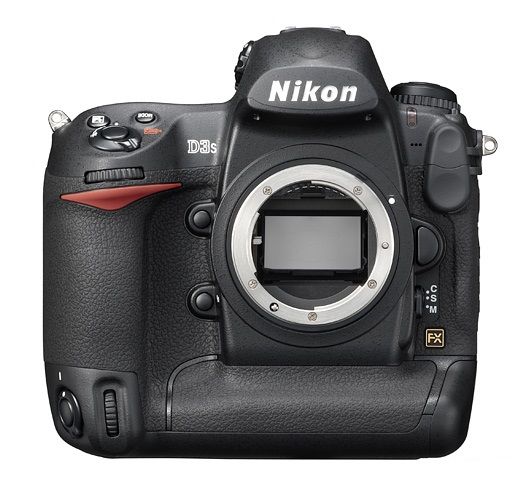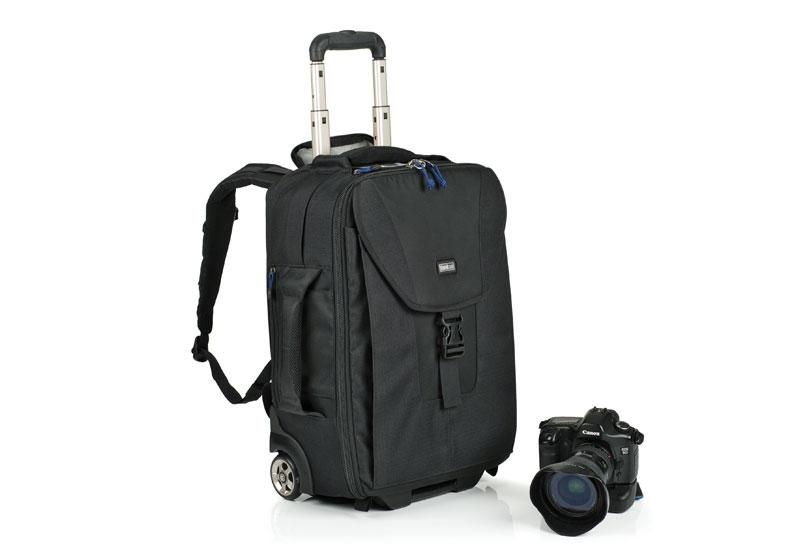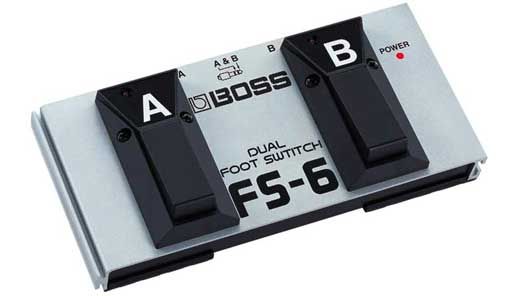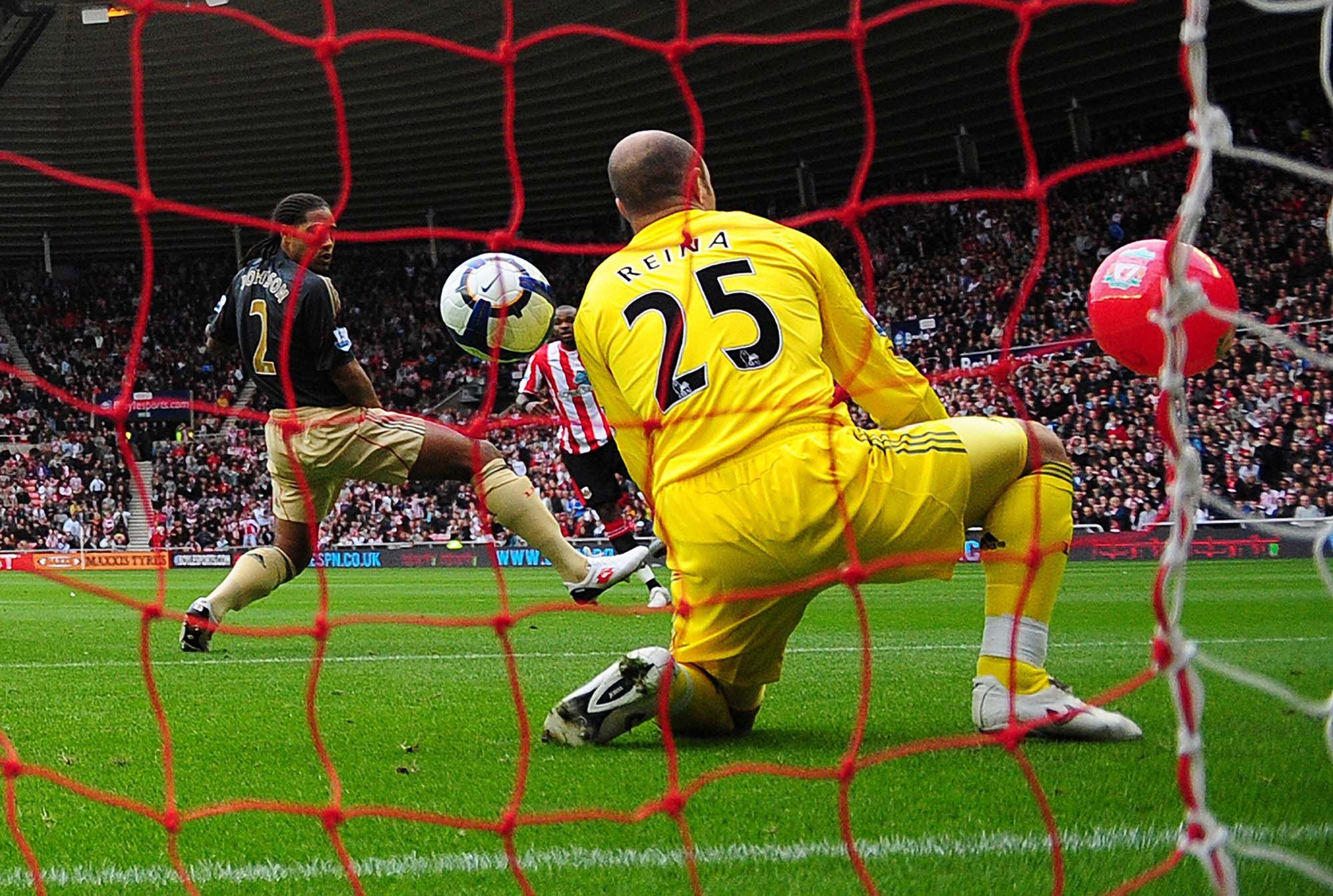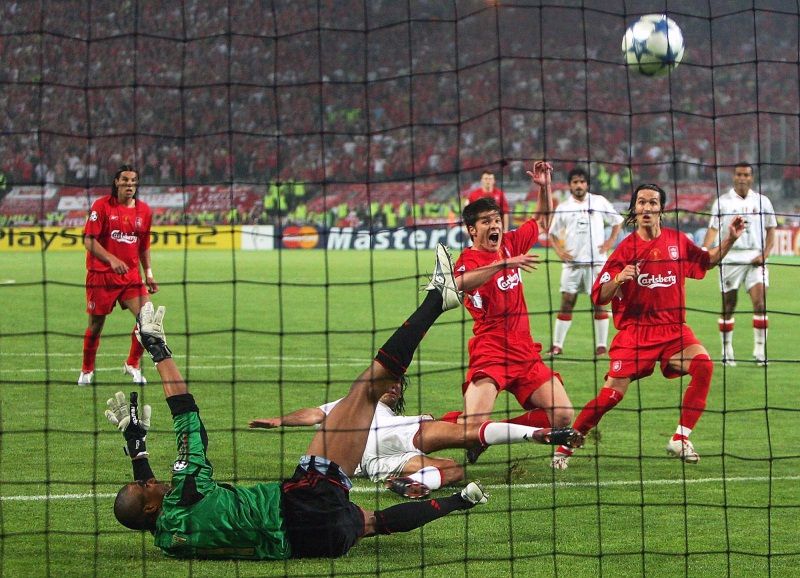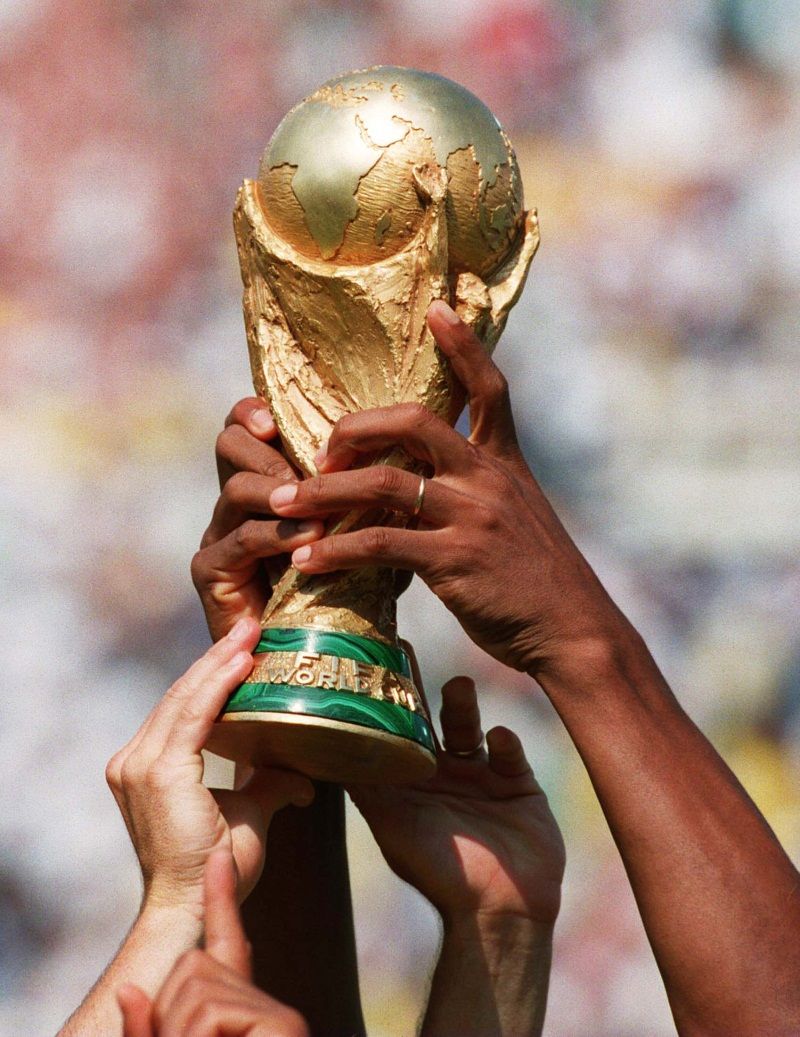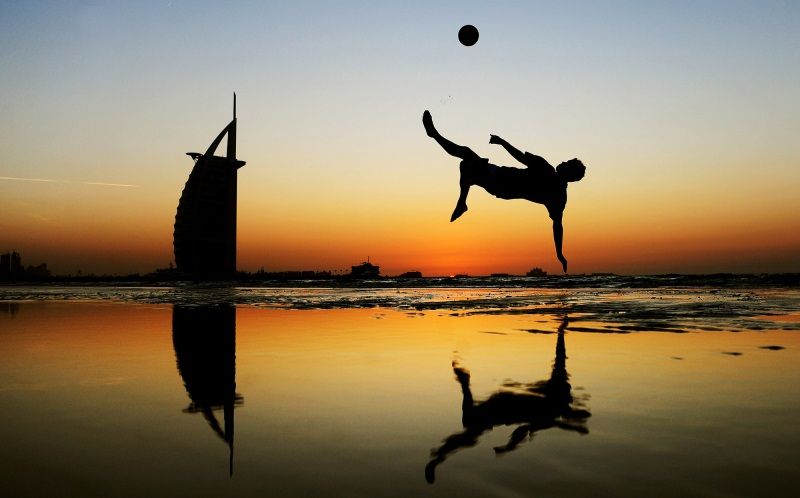Anyone that's ever been to a football game can't fail to have noticed the bright bibbed men wandering back and forth along the touchline with loaded rucksacks slung over their shoulders and telescopic grey lenses strapped to the huge camera bodies in their hands. If you still weren't sure what they were up to, the word "Press" emblazoned on their backs should have been a clue.
With the World Cup waging in South Africa, the role of the football photographer is more important than ever. Every game means heart-ache, elation, drama of the highest order for millions the world over. Every photo will be etched upon the hearts of a set of fans forever or at least until the next tournament brings the chance to wipe that memory clean once more.
So, with so much to shoot and just the one frame at a time, how do the megapixel men of the matches manage to tell their stories with such mastery? With Getty Images poised as the Authorised Photographic Agency for this year’s FIFA World Cup in South Africa, we spoke to its stalwart snapper Mike Hewitt to find out the tricks of the trade.
Hello Mike, we're a gadget website, so let's get down to brass tacks. What kind of equipment do you use?
I'm one of Getty Images eight photographers dedicated to taking photos for the new FIFA collection and I've got unrivalled access to capture the key moments of the tournament. I've got the following equipment with me to ensure I am completely covered for any eventuality:
- 3 x Nikon 3Ds DSLR cameras
-
- Lenses - 14-24mm f2.8; 24-70mm f2.8; 70-200mm f2.8; 300mm f2.8; 400mm f2.8; 1.4x converter and 1.7x converter
-
- 2 x Nikon SB900 flashguns
-
- 3 x pocket wizards for remote cameras
-
- 3 x tripods - a mini one for a behind the goal remote, a mid-sized one in case the ground slopes away behind the goal and a full blown one in case I have to put it behind the ad boards
-
- Various clamps and ball and socket heads, in case we’re allowed to position them high around the stadium
-
- About 6 x rechargeable Nikon camera batteries
-
- 8 x 4GB flash cards
-
- Filters - UV, polarising and a graduated neutral density filter
I can squeeze almost everything into a Think Tank case with any overflow going into a rucksack.
Is there any special clothing you wear or any snacks or any non-camera equipment that you take with you to help out?
I always carry a North Face waterproof jacket and trousers although there's not much rainfall in South Africa’s winter period which is when this World Cup is taking place. However, as we've seen, the temperatures can drop quite low in the evenings, so I've also got gloves, warm boots, long johns and a woolly hat for the night games. During one of the matches at the Confederations Cup in Bloemfontein last year, it actually fell to -3 degrees Celsius, so you need to be prepared!
One interesting addition I will also be bringing is a guitarist’s footswitch, which I use to fire my remote cameras. These are so useful. They allow me to shoot images from more than one position at the same time.
Also, within the partnership Getty Images has with FIFA as the Authorised Photographic Agency at this World Cup, we're kitted out with special branded clothing too.
How early do you get there before the game?
I aim to arrive 3-4 hours before kick-off to beat the traffic, set up and start taking photos of fans arriving at the stadium.
Do you get a set position around the pitch or do you have to fight with the other photographers for it?
As dedicated FIFA photographers, myself and the other seven Getty Images photographers on the team will have complete access to go wherever we want. So, if we think there's a picture opportunity that will make a great shot from the roof of the stand, then FIFA will endeavour to get us there! We will have unprecedented access to the tunnel prior to each game and even access to the team changing rooms before they arrive. All photo positions at pitch level are numbered and allocated in advance now, so there isn’t the need to get there ridiculously early to get your favourite spot.
Which are the best places to take shots from?
The best spots, and generally the most favoured positions, are between the goal and the corner flags as you have the best chance of capturing the goals and celebrations. FIFA also lets photographers part of the way down one touchline (opposite the dugouts) and up in the tribune (usually the front row of the top tier). Any of these places may be the spot for THE picture of a game.
That's the beauty of football; nobody knows what will be the big story of a match or where it will happen on the pitch. That's why Getty Images has four to five editorial photographers at every game plus two more working for FIFA. At the final, there'll be myself and 17 other Getty Images photographers.
What are the best kinds of shots to take?
The best pictures to take are the ones that sell the most and that nobody else gets! Good goal pictures are always going to get published. I managed to get a picture on my remote camera of the infamous Liverpool beach ball goal which got used extensively over that weekend, particularly in the national press.
You want to capture emotional pictures of players celebrating or looking dejected or managers screaming - in other words something that can sum up the story of the match in just one image.
Mike Hewitt/Getty Images
Do you follow the ball with the camera all the time or do you pick a player that you think might be newsworthy?
It’s a mixture of following the ball and anticipating, and that comes with experience. For example, if you see a player shaping to play a ball to Wayne Rooney, who himself is making a run, then you want to be on Rooney before he gets the ball.
Certainly if a player is newsworthy, for whatever reason, you will concentrate more on them. If a big name player is filling the tabloids, then the opposition’s right back isn’t going to be of much interest to picture editors.
What are the most memorable shots that you've taken?
There are a few that stand out. However these would be my personal favourites:
- The Liverpool ‘beach ball’ picture is unique for so many reasons!
-
- Brazilian hands on the World Cup in 1994. The England team had this on the side of their coach during the France 98 World Cup and it was also on the Adidas t-shirts the French team donned after they won the World Cup final in the same year.
-
- Alonso making it 3-3 in the 2005 Champions League final in Istanbul.
-
Mike Hewitt/Getty Images
Which are the best lenses to use for each shot?
I should think 90% of football pictures are taken on a 70-200mm or a 400mm lens. Goal pictures are generally taken on a 70-200mm or a fixed 135mm lens for those photographers who aren’t happy with their zoom lens. If you can capture a player celebrating with your 400mm then it usually has a lot more impact.
Generally players don’t come close enough to use anything wider, but you should always have a wide angle lens on a body just in case they decide to straddle the ad boards to celebrate with their fans.
Are you a football fan?
I'm a fan of Brighton and Hove Albion and the new stadium is going up at a very quick rate!
Do you shoot other sports?
I have covered sports events in over 50 countries including two Round the World yacht races, five Olympic Games, World Cup Finals in rugby, cricket and football as well as less well known sports events like the historical Palio horse race in Siena, bog snorkelling in Wales the Cresta Run in St Moritz and a land speed record attempt in the deserts of Jordan.
Mike Hewitt/Getty Images
Are there any particular camera settings you use to get the best results?
I generally try to shoot with the largest possible aperture to throw the background out of focus as much as possible.
What are the famous moments you've captured and the memorable ones that you just missed out on?
France 98 was a highlight and the beach ball shot is another famous one which I’ve captured. The most famous incident I would have loved to have taken has to be the infamous head-butt involving Zinedine Zindane and Marco Materazzi during the last World Cup Final in Germany in 2006.
Mike Hewitt/Getty Images
Do you send all the photos to the agency straight away over 3G or do you go through them and edit on a laptop first?
At the World Cup our IT guys have hard wired every stadium so we just plug in our laptops, put the flash cards in the card reader and press go. All images are beamed back to a bank of editors in the main press centre at Soccer City in Johannesburg. This leaves us free to concentrate solely on the game. The editors then ensure that the images are on our website for our customers within minutes of them being taken.
What tips might you give to budding football photographers?
At park football level you can get much closer to the action, so you don’t need huge lenses. Be patient and wait for the players to fill the frame. Also, make sure you know where the sun is and either shoot with the light or backlit. These are options professionals quite often don’t have. For instance, at West Ham’s ground we frequently have to photograph players in the shade with a bright sunny background. This is also the case with certain positions at Wembley too.
What's it like to be there? Do you get a chance to enjoy it or is it all work and no play?
You have to enjoy it. There is no point going if you don’t. There’s always time to enjoy the country, the people and the general excitement around a big tournament like the World Cup.
Do you ever get sucked into just watching the game?
I can’t get too emotionally involved and you have to be fairly cold-hearted - you’re there to do a job. However, I might struggle if England gets to the final!

